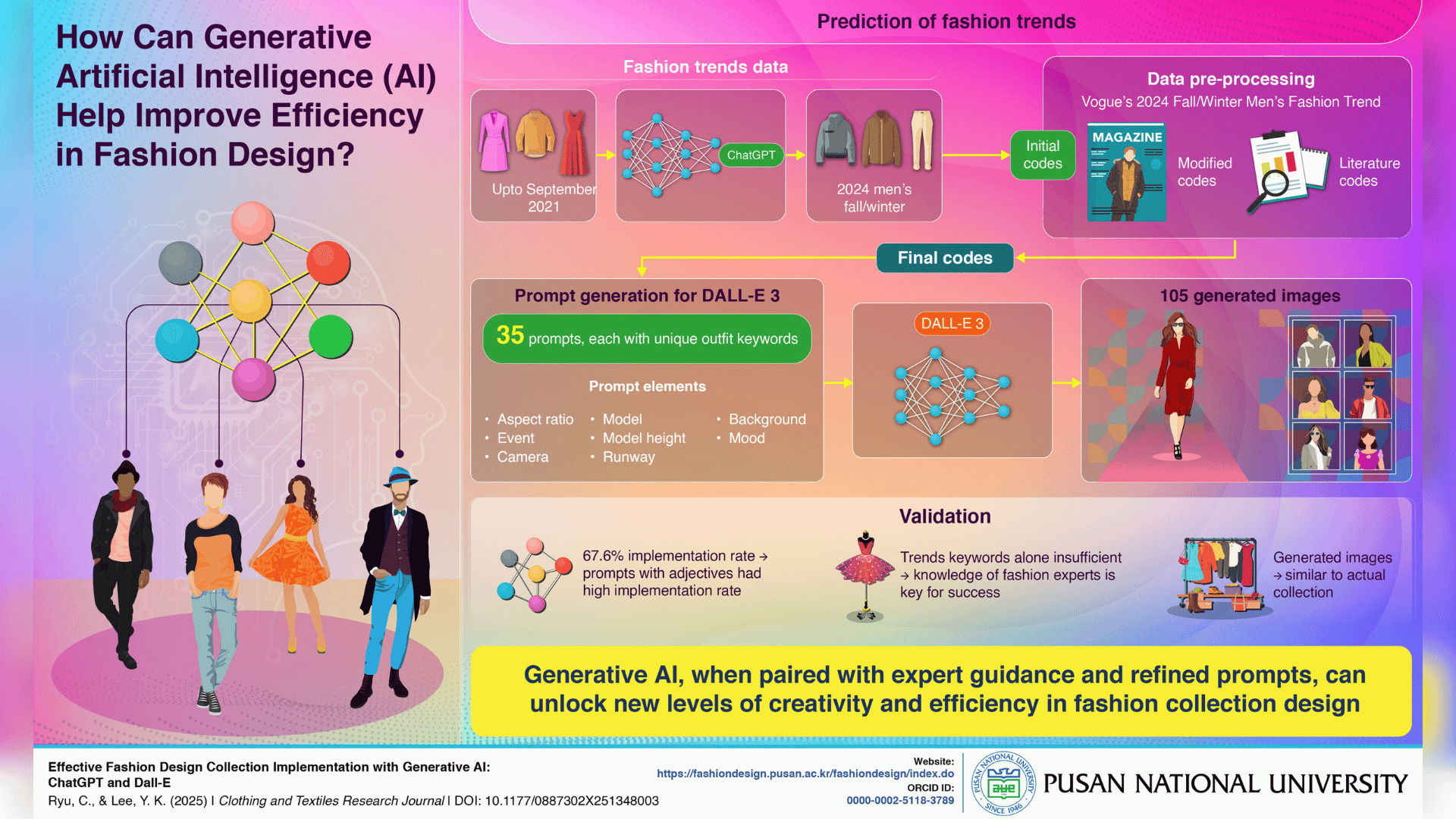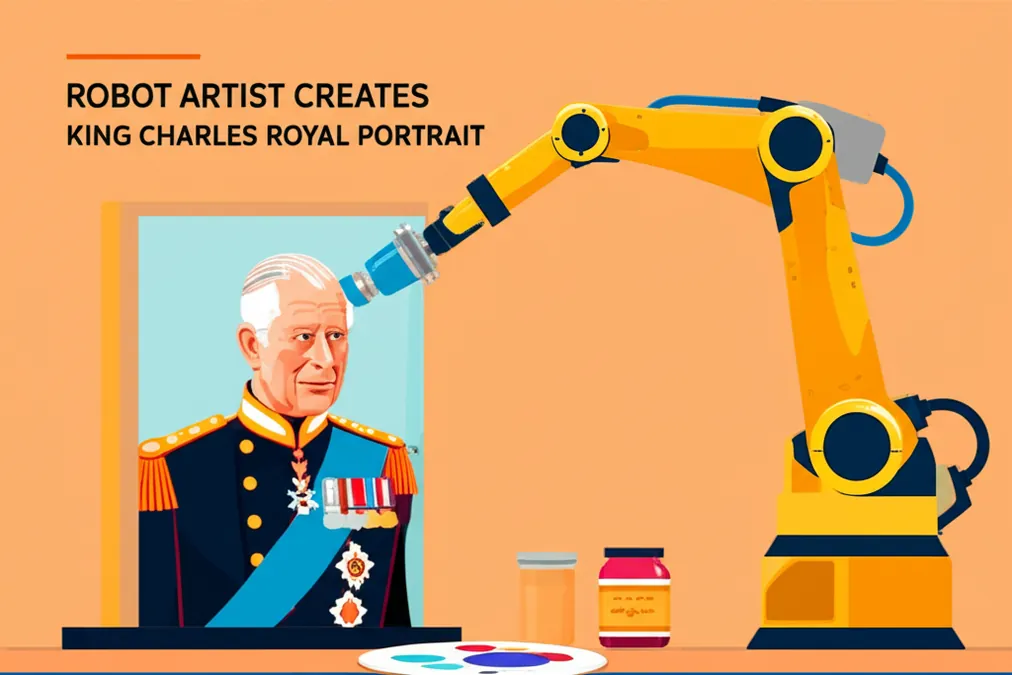AI Is Reshaping The Future Of Fashion Design
The fashion industry, long driven by human creativity and intuition, is on the brink of a major transformation. The new force shaping the future of style? Generative artificial intelligence. Researchers at Pusan National University in South Korea are at the forefront of this shift, exploring how AI can not only streamline the entire fashion design process but also become a powerful tool for predicting emerging trends.
The Rise of AI in Fashion Design
Generative AI models like ChatGPT and DALL-E, powered by sophisticated deep learning algorithms, have the potential to revolutionize how fashion collections are created. By analyzing vast amounts of data, these tools can recognize historical patterns and generate entirely new text and image concepts. For designers, this means a new way to develop catalogues, expand creative boundaries, and ultimately bring products to market faster than ever before.

Large language models (LLMs) can help both designers and consumers understand past styles to predict future trends. These text-based insights can then be used to generate prompts for AI image generators, producing realistic and inspiring fashion collections. As these tools become more widespread, understanding how to effectively integrate them into the creative process is becoming increasingly crucial.
A Groundbreaking Study from South Korea
In a recent study, Professor Yoon Kyung Lee and Master’s student Chaehi Ryu explored how generative AI can contribute to visualizing seasonal fashion trends. “To use AI effectively in fashion, we must understand the characteristics of generative AI models and make informed judgements of where they can be applied,” explains Professor Lee. Their work, published in the Clothing and Textiles Research Journal, details a fascinating experiment in using prompt engineering to generate high-quality fashion imagery.
How the Experiment Worked: From Data to DALL-E
The research focused on men's fashion trends for the Fall/Winter 2024 season. The team followed a meticulous process:
- AI-Powered Prediction: They used ChatGPT to analyze historical data and predict upcoming trends. These were classified as "initial codes."
- Data Enrichment: The AI predictions were combined with "modified codes" from Vogue’s 2024 Fall/Winter Men’s Fashion Trend data and "codes from literature."
- Code Classification: All design elements were grouped into six final categories: trends, silhouette elements, materials, key items, garment details, and embellishments.
- Prompt Creation: Using these codes, the researchers created 35 unique prompts for DALL-E 3. Each prompt described a complete outfit on a male model walking a runway, with a consistent template that allowed for detailed customization of the scene.
- Image Generation: Each prompt was run three times, generating a total of 105 distinct fashion images.
Promising Results and Key Takeaways
The results were impressive. DALL-E 3 was able to perfectly implement the detailed prompts 67.6% of the time, with prompts featuring descriptive adjectives showing a high success rate. In fact, some of the generated images closely resembled designs from actual 2024 Fall/Winter men's collections.
However, the study also highlighted current limitations. The AI struggled with abstract concepts like "gender fluidity" and most of its creations leaned toward safer, ready-to-wear fashion rather than high-concept designs. This suggests that trend keywords alone are not enough for the AI to produce accurate results; it requires further learning and refinement.
“Our results show that expertly worded prompts are necessary for accurate fashion design implementation of generative AI, highlighting the important role of fashion experts,” remarks Professor Lee.
The Future of Fashion is Collaborative
This study demonstrates that generative AI is poised to become a powerful partner in the creative process. With continued improvements, models like DALL-E 3 will help designers create entire collections more efficiently while supporting their creative vision. Furthermore, these tools can empower the general public, making it easier than ever for anyone to explore, predict, and style the upcoming season’s fashion with confidence. The original press release can be found on PRNewswire, and more information is available from Pusan National University.


